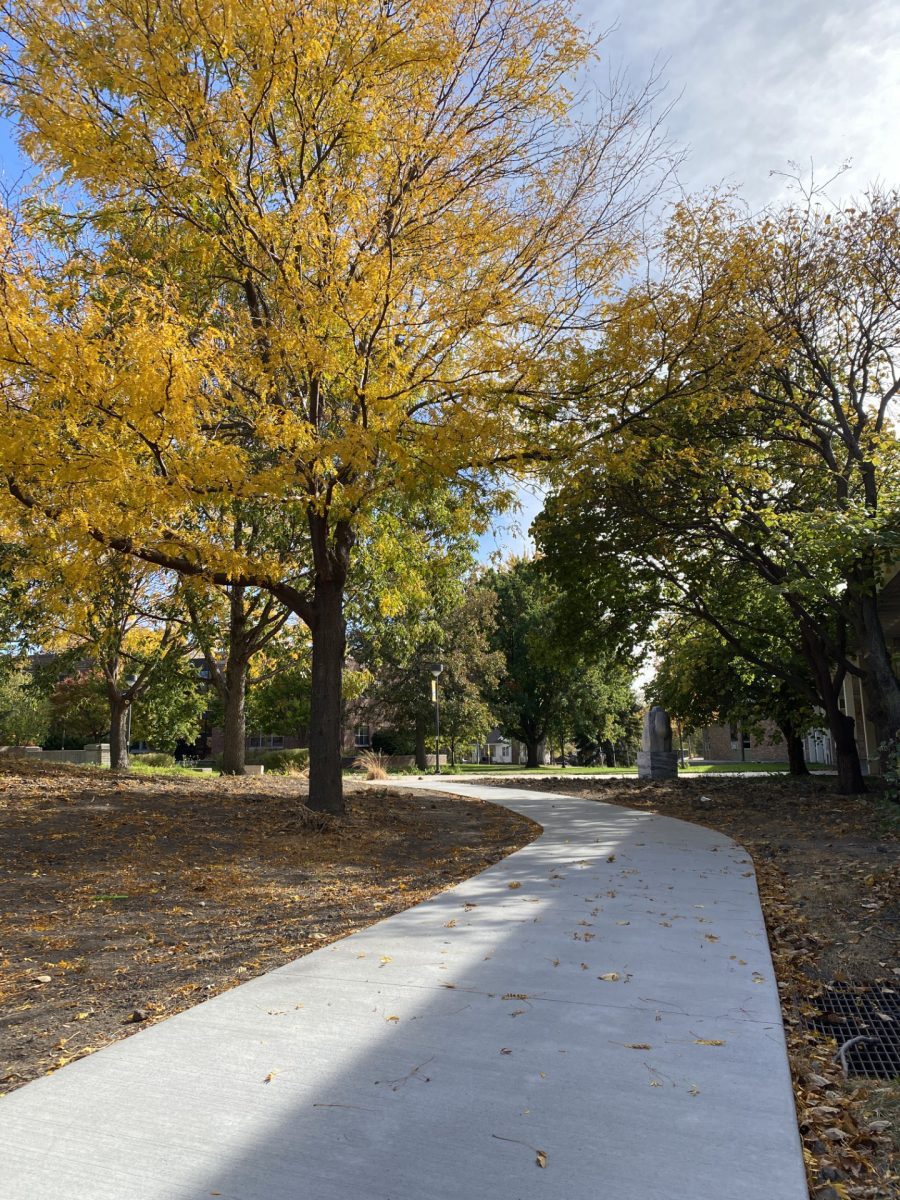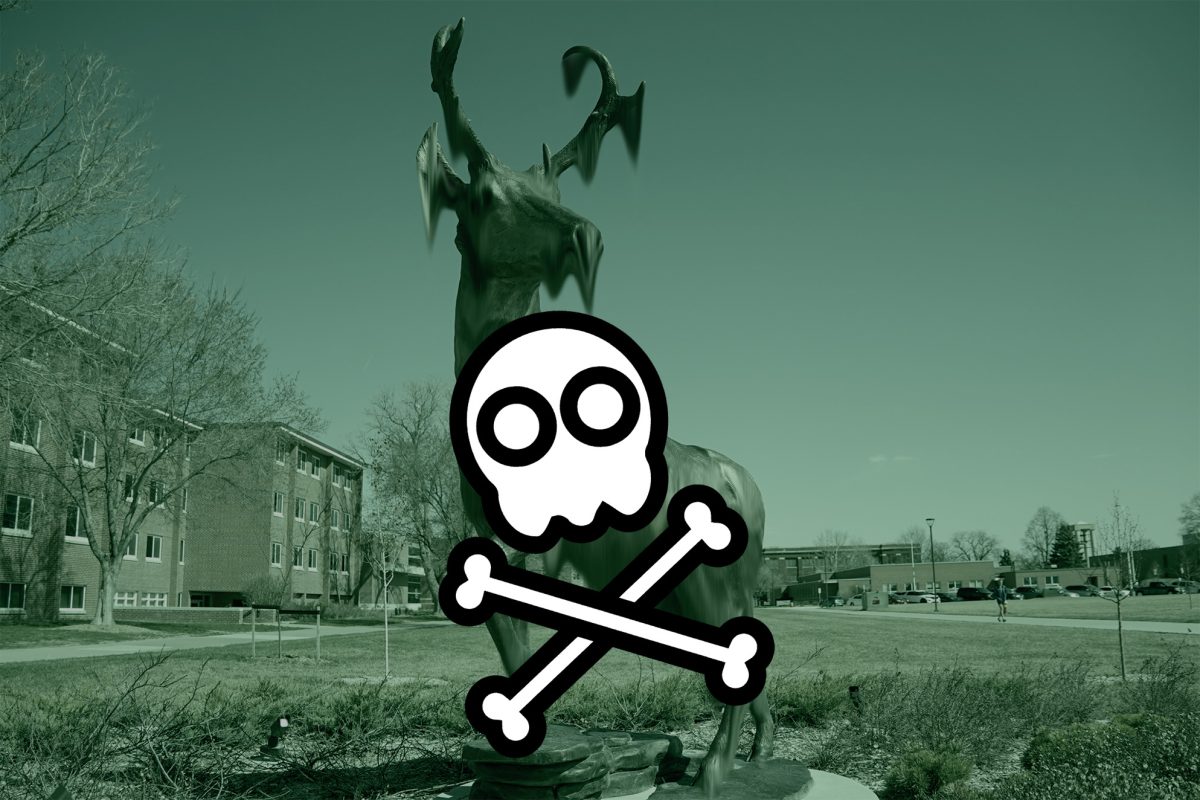It’s been an interesting week for the Loper statue in front of the Randall/Mantor residence hall on campus. The statue has affected students in many ways: pride in the mascot, frustrations about parking spaces, better spread of information on the difference between antelopes and longhorns and potential lead poisoning.
The statue was found to potentially contain high amounts of hazardous metals and according to the manufacturer, it should not be around where people live.
“If we had known that the statue was going to be put so close to a living area, we would not have built it,” said Bill Ding, the creator of the statue.
Allegedly when the statue was commissioned the company had been told that it would go up on the hill North of campus.
“I thought that it was weird that we were asked to put so much attention to detail into a piece that would only be seen in the distance,” Ding said. “I just hope that nobody has touched the statue. That would be bad.”
According to Emma Lying, a Kearney doctor, the effects of the statue may be hard to predict.
“We really don’t know the exact contents of the statue right now, but we have samples in our lab, and it doesn’t look good so far,” Lying said.
Sickness from metal poisoning is not immediate and can take months to show up. It can cause permanent damage to affected individuals.
The contents of the metal in the Louie statue were brought into question after May Day, junior chemistry major, saw that the sparks during Louie’s castration were unusually colored.
“It was not the most exciting part of the neutering, but red flags started going off in my head when I saw that the sparks weren’t the right color,” Day said. “I knew that I had to tell somebody about it.”
Bronze tends to burn green since it mostly consists of copper. The sparks from the angle grinder were blue.
“Until the exact materials in the statue are known we really can’t really know what to expect,” Lying said. “This could be as harmless as it just being weird lighting or the bronze mixture being off, but it could also be very bad if the statue contains lead or arsenic.”
Lying recommended that students who fall ill and have possibly been exposed to the metals in the statue seek medical help.
Day joked about the value of the statue now that it might be poisonous.
“To think, we could have gotten more parking space instead of a health hazard,” Day said. “I think that that would have been nicer.”
If the statue has hazardous materials, it would also open UNK up to a potential lawsuit from affected parties.
“If a lawsuit happened, I don’t think that it would be a huge deal,” Day said. “UNK would probably just cut another major program to pay for it.”
DISCLAIMER: This story is a part of our annual April Fools’ issue, this story is not real. Happy April Fools’ Day!
































